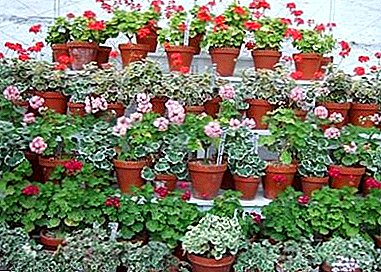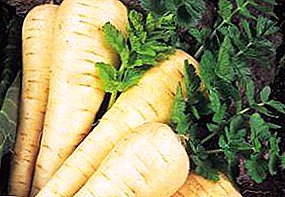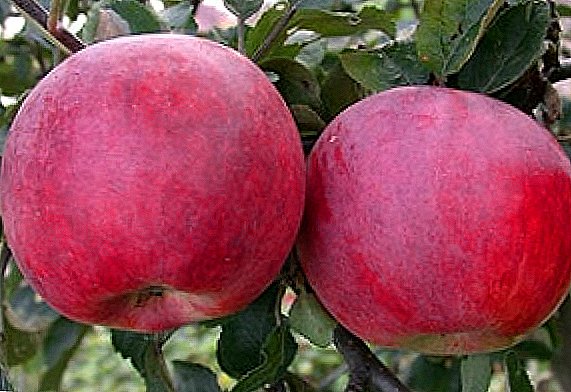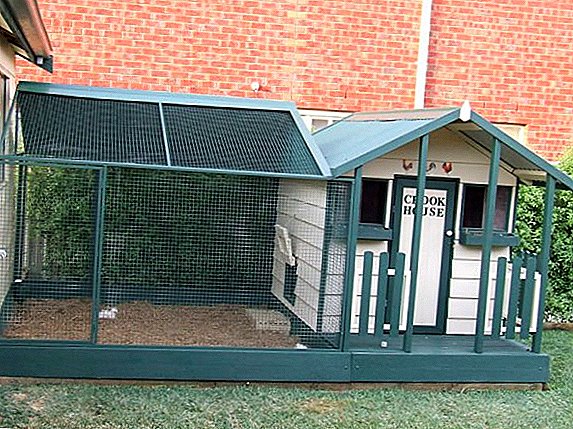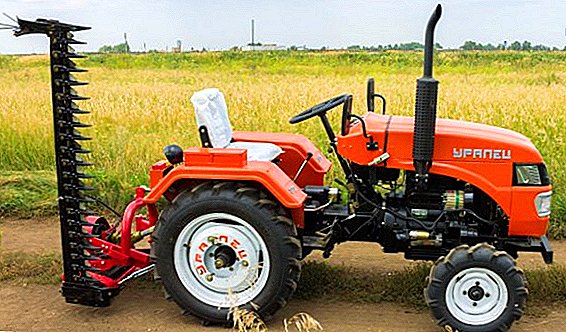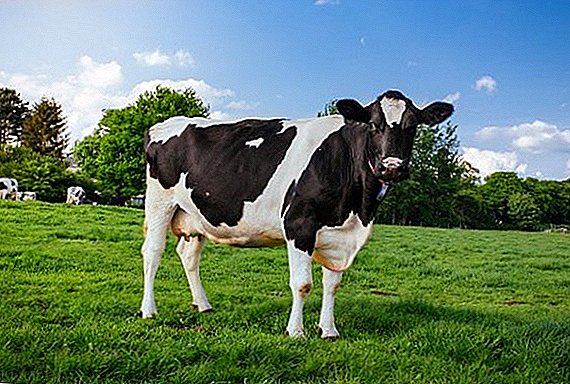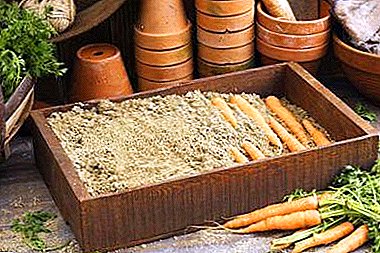
Carrots are a unique source of many useful vitamins and trace elements. It contains irreplaceable beta-carotene, as well as vitamin A, the lack of which leads to many dangerous pathologies, for example, to "night blindness".
Unfortunately, the climatic conditions in most parts of our country are such that providing the population with fresh vegetables throughout the year is very problematic. For this purpose, carrot storage technologies come to our aid, in this article we will tell you at what temperature a fresh vegetable can be stored in winter.
Peculiarities of vegetable structure
Due to the fact that the carrot-plant is two years old, it has mechanisms for adapting to being at rest at a lower temperature, in other words, it can fall into a kind of “winter hibernation”. So, at a temperature close to the freezing point of water, the metabolism in the root vegetable slows down by about 10 times!
Hence the conclusion: store carrots should be at a temperature not below zero, for storage to select large and medium-sized copies of the correct form.
At the same time, carrots, like vegetables, have a relatively low “keeping quality” (i.e., they are not stored very well), so even under ideal conditions, some of the carrots will inevitably be lost during storage. In practice, the rejection rate varies from 1 to 10 percent of the total number of stored root crops.
It is also worth noting that you can not pick off the tops of carrots in carrots before storage. The tops are carefully trimmed with a sharp knife, leaving about 2 to 3 millimeters at the base of the root.
Varieties subject to long-term storage
The following varieties are subject to long-term storage:
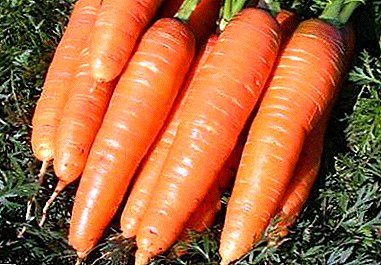 "Queen of Autumn" - "Olympus".
"Queen of Autumn" - "Olympus".- "Sweet Winter".
- "Flacoro".
- "Red Giant".
- "The Emperor".
- "Samson".
- "Typhoon".
- "Cyrano".
- "Chance".
- "Valeria".
All the varieties listed are late ripening, ripening at the very end of summer - early autumn.
It is not recommended to store the following varieties:
- "Carotel Paris".
- "Amsterdam".
These varieties are early maturing, poorly tolerate cooling. Generally, varieties with shortened roots are the worst kept.
Is it possible to save for the winter?
It is not only possible to store carrots for the winter, but it is also necessary that this wonderful vegetable should always be on your table. However, in order for the root crop to delight you throughout the winter (and most of the spring too), the following storage guidelines should be observed.
Carrots are stored, usually in a cellar or a warm basement. For this, a filler is poured into the room, which conducts air well, and at the same time absorbs moisture, for example:
- Sawdust. Conifers are best suited - they have antimicrobial substances.
- Sand.
- Onion Husk
- Moss.
- Clay.
- Common land.
The carrot is placed in the filler in such a way that it covers the roots for 5 - 7 centimeters.
Also, carrots can be stored in plastic or canvas bags, but this method is less desirable because it prevents the free passage of air to the vegetable. Besides, store a useful root vegetable and in the usual enameled pans.
Important! It is not recommended to store carrots in sugar bags, because of their density carbon dioxide will accumulate in such containers, which will have a bad effect on root vegetables.
In addition, the bags must be untied so that the carrots can “breathe” oxygen freely. Damaged roots store:
- either frozen;
- either dried;
- or canned.
The importance of the right temperature
 In the room where vegetables are stored, you should maintain the air temperature in the range of 0 to 5 degrees. If the temperature drops below zero, the carrots will start to deteriorate.and if it rises above 5, buds will form on it.
In the room where vegetables are stored, you should maintain the air temperature in the range of 0 to 5 degrees. If the temperature drops below zero, the carrots will start to deteriorate.and if it rises above 5, buds will form on it.
The best way to maintain indoor temperature in winter is to air it. In the warmer months, the air temperature can be maintained by organizing a glacier in the storage. For this, large pieces of snow carved from snowdrifts with a hacksaw are annually recorded in it. Above, the snow is covered with a thick layer of straw, which does not allow the snow to melt quickly.
It must be remembered that the storage mode of carrots is divided into 3 stages:
- The stage is medical. It begins directly with the laying of the root in the storage and lasts 8-12 days. The temperature during the first stage must be maintained from 12 to 14 degrees. At this time, the carrot as it "gets used" to the storage conditions.
- Stage lowering the temperature. Duration - 10-15 days after the "therapeutic" stage. At this time, the roots seem to "hibernate." The temperature at this stage gradually decreases from the initial to the near-zero point. This is achieved by ventilating the store (for example, in the basement, you can open the air ducts).
- The main stage. Continues until the end of the storage period (i.e. until spring). Temperature - from 0 to 1 degrees.
Humidity during all stages should be from 90 to 95 percent.
In addition, it is recommended to sanitize, ventilate and whiten the room before placing carrots in it. This is to keep the roots from fungal infection (which they are highly susceptible), as well as from pests.
Storage rooms for carrots should not freeze through! This will lead to its accelerated damage. Until spring, very few root vegetables “live” in the frozen premises.
Conclusion
Carrots are among the most consumed vegetables, and presenting your diet to a modern person without it is rather difficult. That is why, following all the recommendations outlined in the article will help you enjoy the tasty orange root-crop all year round, maintain the body's balance of vitamins and essential trace elements.
If you let the storage process to drift, then the roots will deteriorate and will not be able to preserve the presentation and its many useful properties until spring. So be careful!


 "Queen of Autumn" - "Olympus".
"Queen of Autumn" - "Olympus".
